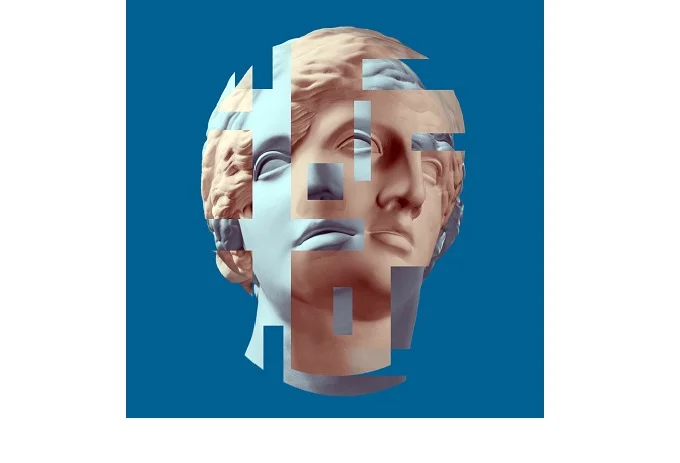What is the essence of the postmodern era, and what awaits us next?

Just one question to your friends, family, acquaintances, and strangers: what time do we live in? Believe me, when I say you, the replies will be extremely varied, but you won’t hear the phrase “postmodern” used in any of them. But it is precisely the name given to our era, after which, according to current philosophers’ predictions, nothing will happen. We will now explain why this is true and what postmodernity is, and where it came from.
What is postmodernity?
To begin, you must first comprehend what postmodernity entails. Let’s start with the fact that this age is still going on, and it’s unclear how much longer you’ll have to endure it. Perhaps your future great-grandchildren, like their great-grandfather and the great-grandfather of their great-grandfather, will be born during postmodernism. After all, postmodernity has been around for over a century and is a persistent structural paradigm of society.
The prefix “post-” has been used to describe the whole twentieth century. When we look back on the significant socio-cultural events in our nation and throughout the globe, it becomes clear that the people of the twentieth century did nothing except erase numerous borders. Let us remember the universal liberation of women, whose fight for equality has already achieved a pinnacle in our lifetime. Let’s not forget the blatant promotion of homosexuality and other LGBT issues.
Remember when gender identity was erased, when a s*x change surgery could remedy almost everything when postmodern art followed the motto “the more unintelligible, the better?” Postmodernism is an absolute right to self-determination (even if it violates nature), resulting in a pinnacle of nihilism, anarchy, and permissiveness, which people mistakenly connected with freedom, even though they are not the same thing. “God is dead,” one of Nietzsche’s postulates, became the era’s major catchphrase.
Where did postmodernity come from, and who invented it
According to philosophers, the postmodern period is the inevitable path of events. And, to comprehend how it came to be, it is essential to take a little detour into the past.
There existed a kingdom of premodernity on Earth from the beginning of humankind’s existence until the Renaissance. What does this imply? That man had an unequal connection with God (or gods). Homo sapiens followed natural principles, prayed to the skies, and ate the ground. But as he got more intelligent and developed new refinements, a more natural transition to the era of other connections was delineated. God and man had to share equal status while technological advancement was prioritized. And, perhaps anticipating the outcome, the clergy postponed the changeover, and what we now refer to as the “Holy Inquisition” reached the pinnacle of premodernity.
Then followed the Art Nouveau period, which lasted almost until the end of the nineteenth century. People became cool increasingly as the link between man and God deteriorated. When no one knew where to direct the cloud of beneficial energy, the nihilists, led by the Nietzsche mentioned above, came along and revealed the way to postmodernity.
After they came to the decadents, who continued the magnificent job of their forefathers, although in a different direction, eventually rising themselves to the celestial throne and letting the world fall downhill with a bit of sausage. Regrettably, it was unavoidable.
What will happen after postmodernity?
The core of humankind’s existence, according to several thinkers, was the move from premodern to postmodern. They also announced that there would be no more after that. Postmodernity is a state of permanent deterioration. And everything will come to an end when there are no more places to fall. And the whole movement (or rather, evolution) of the planet Earth is nothing more than regular ups and downs.
That is, if we boil down the core notion of all human life to its most basic level, the song “We all live to die tomorrow” from the mid-80s perfectly captures it: “We all live to die tomorrow.” And – damn it! – they sang these sentences with such joy that there is no denying the truth. Of course, it’s a pity to know that everything will finish in such a dumb, rude, and amateurish manner.
However, there is still hope, albeit a sliver of it. According to some philosophers, the shift to a new metamodern or post-postmodern age occurred not long ago. To describe all that has been done so far, the present is a merger of all three preceding civilizations. And if it doesn’t work out, at the very least, bear it. Accept that the whole planet has merged into a single entity. Our balloon is still in the air. The devil seems to be in the art of flying.




